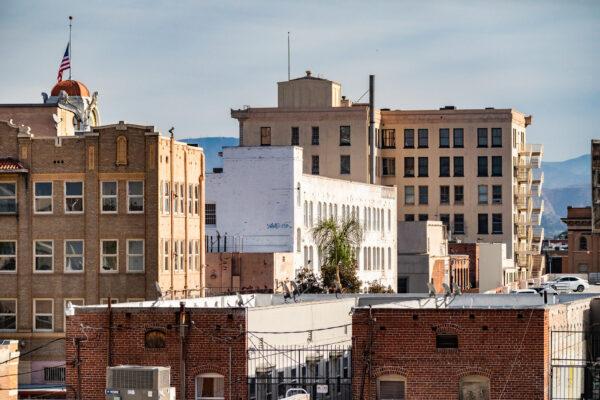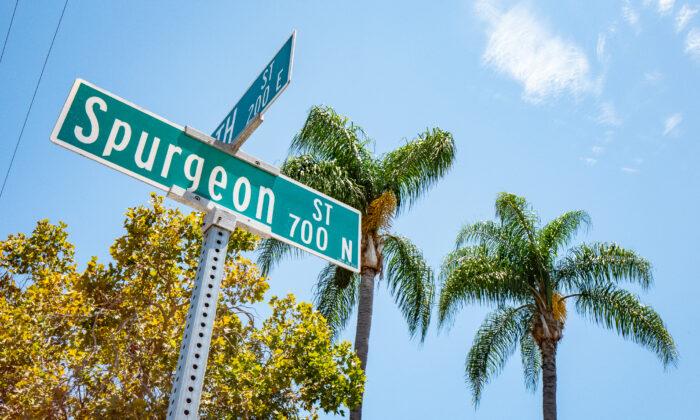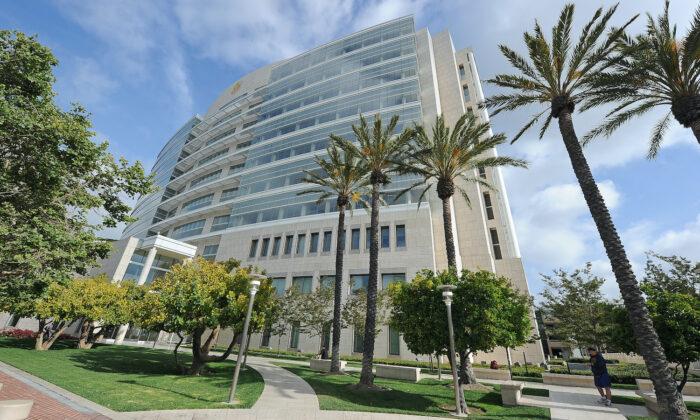The story of William H. Spurgeon—the founder of the city of Santa Ana and one of Orange County’s first supervisors—is a microcosm of the county’s dramatic early history.
Spurgeon, known as Uncle Billy, was born on Oct. 10, 1829, in Henry County, Kentucky. In 1830, his parents moved with him to Indiana, and then to Clark County, Missouri, in 1840.
In 1845, his father, Granville, got the 16-year-old a job in a dry goods store, giving him early experience in doing business.
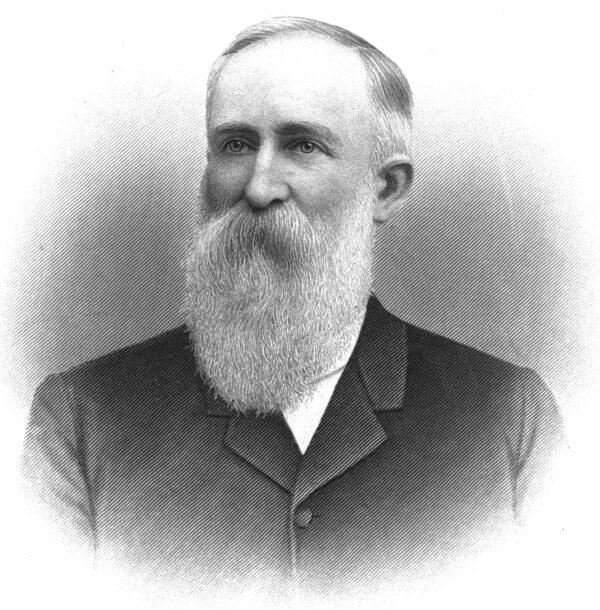
At age 23, he moved to the West Coast, where he worked as a rancher, miner, and trade-post operator in Oregon and California—which became a U.S. state two years before, in 1850.
His time in Northern California at the trade post brought several hostile interactions with the local tribe, the Rogue River Indians. He later joined a military campaign against them under General Joseph Lane.
Taking his gold profits with him, he moved in 1856 back to Missouri, where he married Martha Moreland four years later. Unfortunately, after they returned to California in 1864, settling in Solano County, Martha died from an illness four years after setting foot in the Golden State.
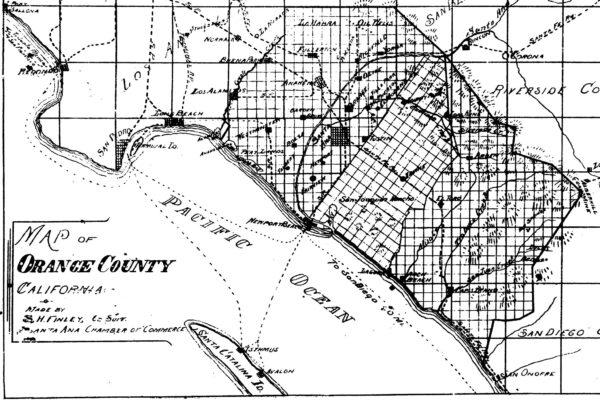
The following year, he settled in an area southeast of Los Angeles, where he purchased 70 acres from the Yorba Linda family heirs who had established the City of Yorba Linda. There he founded the City of Santa Ana and became its first mayor.
The name was chosen because the land originally was a part of the Rancho Santiago de Santa Ana, with the Santa Ana River nearby.
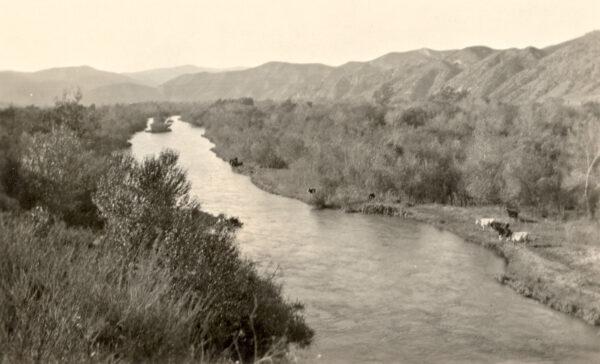
According to a biography about Spurgeon, when in Los Angeles, he met an engineer working for the Rancho Santiago de Santa Ana, who testified to the area’s excellent qualities.
Spurgeon laid out plans for the development of Santa Ana and constructed businesses in what is now the northeast corners of Fourth and West streets.
From 1870 to 1879, he was named the city’s postmaster at the area’s only post office. He also developed roads for the Stage Line running between Anaheim and San Diego, and a stop with a water line to freshen horses.
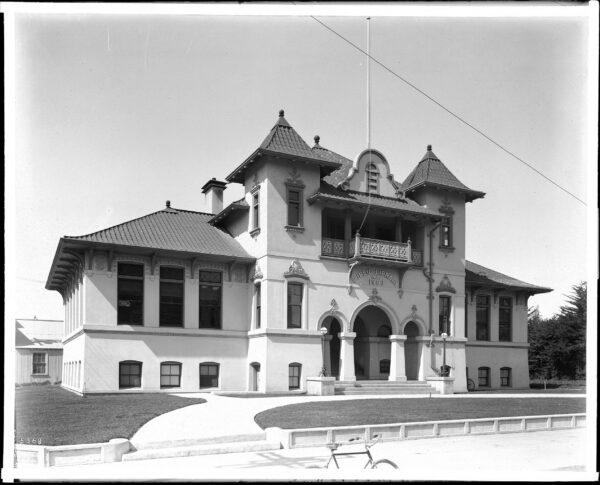
He remarried in 1872 a former Missouri native named Jessie English. Together they had five children—three girls and two boys.
He built a house for himself nearby in 1875, until he moved his home and constructed a brick business building in place of the former five years later. The two-story building stretching 137 feet along Fourth Street was known as the Spurgeon Block.
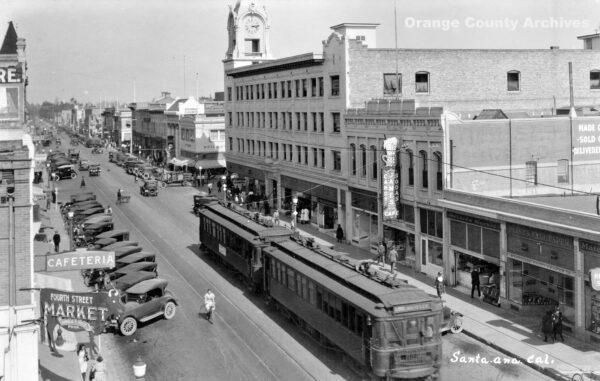
In 1877, he became a supervisor in Los Angeles County. Then, as a Democrat, he became an Assemblyman for the state’s 78th District from 1887 to 1889. The committees he served on included those on Irrigation, County and Township Government, and Viticulture.
He pushed for the 1889 separation of Orange County from Los Angeles County. In July 1890, he was elected as the chairman of the new Orange County Board of Supervisors.
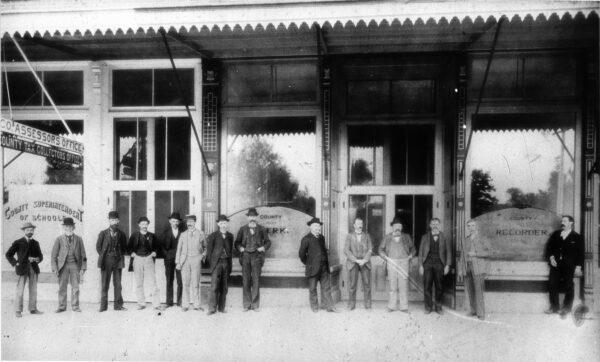
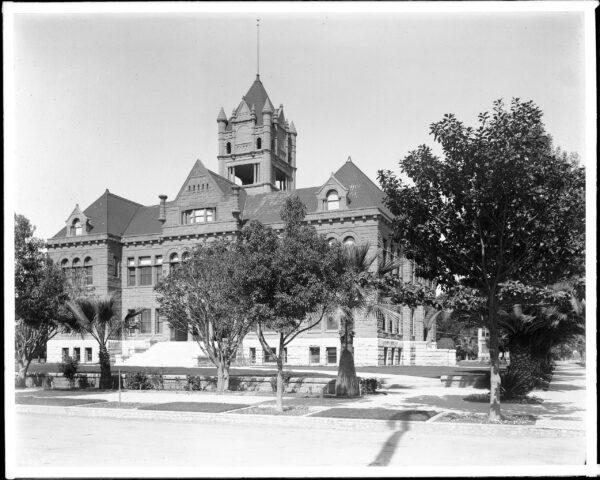
Spurgeon held stock in the Santa Ana Valley Irrigation Company, where he served—as a director and later the president—for eight years. He served as a director of the Santa Ana Land and Improvement Company, the Newport Wharf and Lumber Company, and the Santa Ana & Newport Railroad Company. He also was the president of the First National Bank of Santa Ana.
As a successful businessman and politician, Spurgeon spent his life traveling on trains, mules, and horses. He died in Santa Ana in 1915 and now rests in Fairhaven Memorial Park.
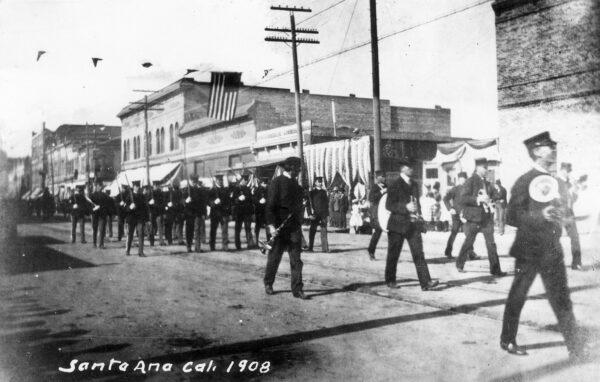
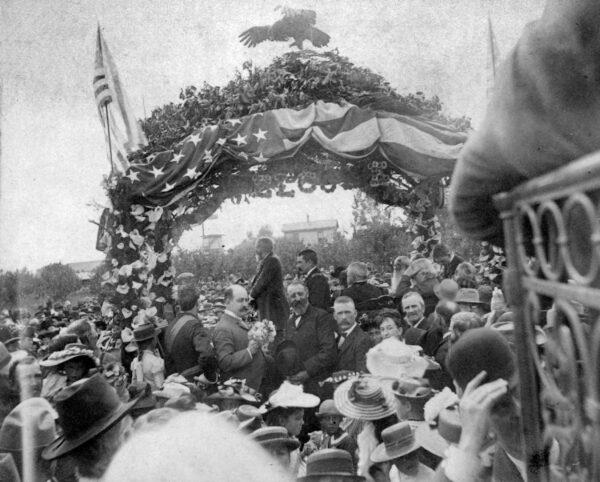
More than any other city in Orange County, Santa Ana has preserved its historical buildings, especially those from the era of William Spurgeon.
